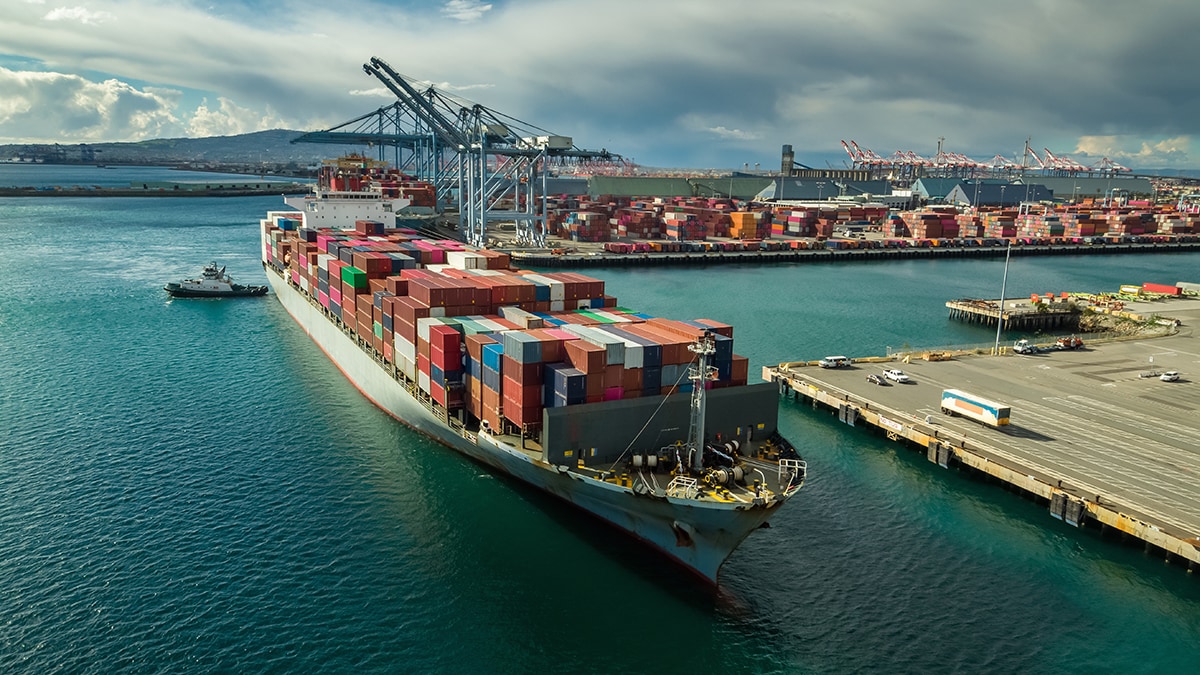Key points
- Dedicated to improving safety and health in U.S. maritime industries.
- Prioritizes high-risk areas like shipyards, marine transportation, and commercial fishing.
- Makes significant contributions including safety training videos and analyses of safety hazards and risk factors.
- Focuses on injury and illness prevention, vessel safety, and hazardous exposure assessment.

Overview
The NIOSH Center for Maritime Safety and Health Studies promotes safety and health for all maritime workers, including those employed on vessels, at waterfront facilities, and on shore directly supporting marine operations. The Center serves as a hub for NIOSH and external researchers to work together, while developing research partnerships.
Background
There are 400,000 workers employed in U.S. maritime industries. The Center addresses the unique occupational safety and health hazards within the maritime industries through four objectives:
- Prevent work-related fatalities in maritime industries,
- Prevent vessel casualties (e.g., collisions, capsizings, sinkings, explosions),
- Prevent illness and non-fatal injury from occupational hazards, and
- Assess and promote effective safety and health programs that address hazards associated with a workplace having multiple employers and work arrangements, multi-language work settings, fatigue, and stress.
What We Do
- Conduct research to identify and reduce hazards and risk factors for illnesses, injuries, fatalities, and vessel disasters (e.g., flooding, fire, collision).
- Build partnerships with industry, labor, trade associations, and other organizations to facilitate collaborative research.
- Design and evaluate interventions to reduce risk factors and hazards.
- Promote relevant solutions to pressing maritime safety and health hazards.
Program priorities
- Investigate commercial fishing and seafood processing workers' safety, health, and well-being.
- Design and promote the adoption of engineering controls to prevent winch entanglements on commercial fishing vessels.
- Analyze factors associated with vessel casualties and disasters to identify prevention strategies.
- Assess exposures to shipyard workers who remove vessel coatings.
What we've accomplished
Published articles on maritime safety and health:
- Workplace injuries caused by commercial fishing winches—Alaska, 2000–2020. Deck machinery is a leading source of injury for Alaska fishermen, with winch-related injuries responsible for 125 traumatic injuries over the nearly 21-year study period. Engineering solutions, including emergency stop devices, could help to avert potentially disabling injuries from winches.
- Have you met Angus? Development and evaluation of a social marketing intervention to improve personal flotation device (PFD) use in commercial fishing. Evaluation of the campaign showed reported changes in behavior related to using PFDs while working on deck.
- Presented a keynote presentation on commercial fishing safety at an international scientific conference focused on Arctic environments.
- Facilitated a virtual roundtable on U.S. mariner mental health with employers, non-profits, and worker representatives, to highlight challenges and potential solutions.
- Identified high concentrations of respirable particles and nitrogen dioxide in the emissions produced by removing marine coatings using atmospheric plasma technology during ship repair.
What's ahead
- Promote adoption of drum winch guards among Gulf of Mexico shrimp fishermen through dissemination of fabrication and installation guides based on NIOSH prototype program.
- Analyze interviews with diverse Gulf of Mexico seafood processors to examine risk factors for COVID-19, including social determinants of health.
- Examine the burden and cause of upper limb injuries among seafood processors in Alaska by analyzing Workers' Compensation claims.
- Provide commercial fishing fatality data for NIOSH Worker Health Charts, an interactive online platform for public use.
- Analyze the contribution of human factors in towing vessel incidents.
- Explore the spatial and temporal factors associated with fatal commercial fishing vessel disasters in Alaska.
- Evaluate personal exposures associated with coating removal technologies in ship repair and develop control recommendations to mitigate exposures.
Visit the Maritime Workplace Safety & Health Topic Page to learn more about the research needs the Center address.
Contacts
For further information or inquiries, contact the Center for Maritime Safety and Health Studies at [email protected].
Resources
Resources related to maritime industries such as publications, guidance documents and various hazards relevant to the maritime industries can be found on the Maritime Workplace Safety & Health Topic Page.
